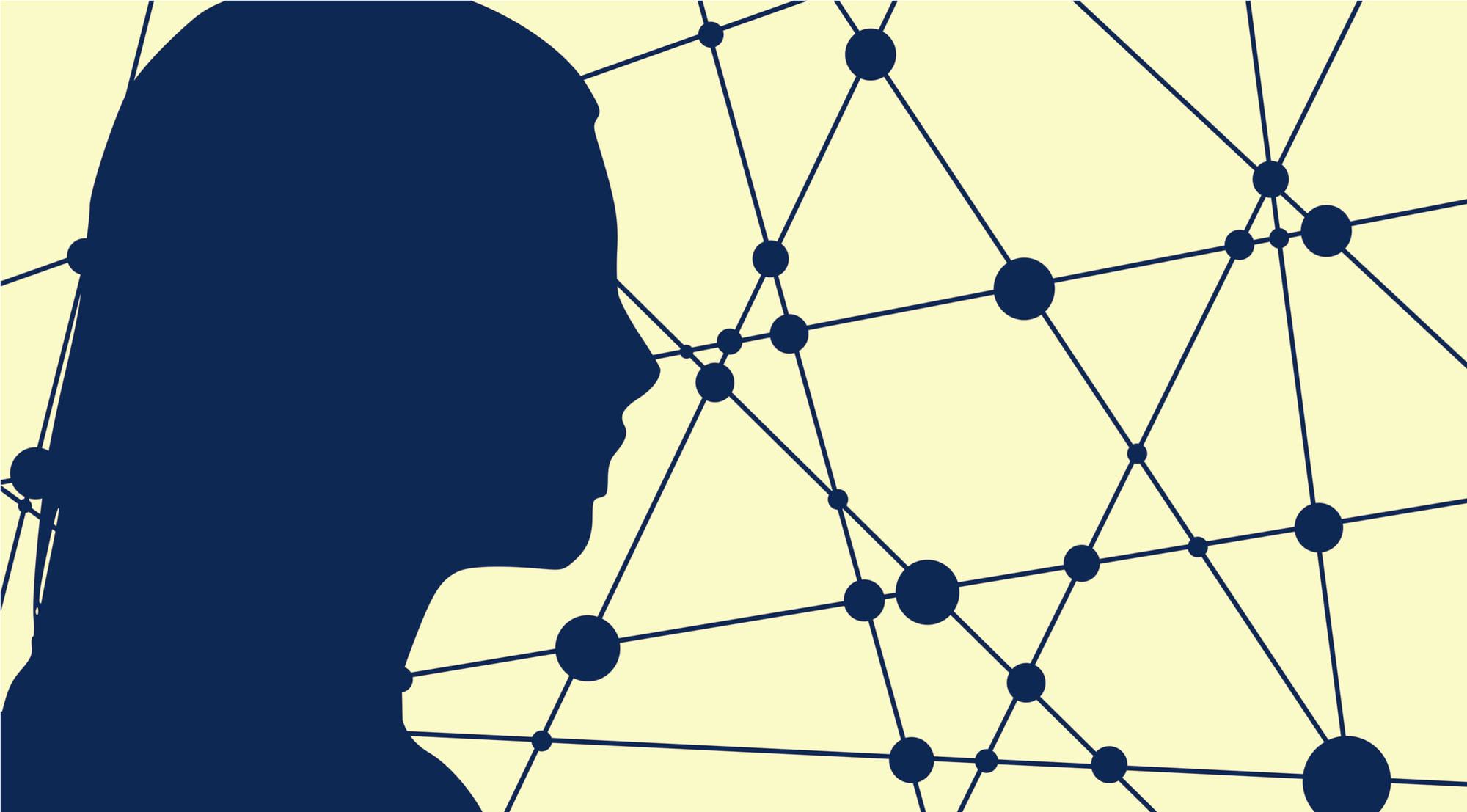In times where universities have to move quickly and make complex policy decisions, there is a risk that engaging with students will be seen as an unnecessary luxury – but the principles associated with students as partners are more important than ever in the current context.
At times of crisis – where universities resort to critical, “command and control” management – the traditional roles and responsibilities of staff (university management) and student (student officers / representatives) are often reinforced, and there may be resistance to active and equal participation in decision making. This is understandable. “Partnership” is not appropriate in some situations – and there has clearly been a need in the past weeks for universities to make decisions on behalf of students.
However, as we move from the initial emergency phase to a prolonged transition, if universities continue to exercise “power over” rather than “power with” students many important angles of vision, interests and experiences will be missed. It takes less than a minute for the university to extend a Google Calendar invite to the relevant SU officers. But it will take hours and days to fix any mistakes that can be avoided.
Partnership is often mischaracterised as being a weak SU, or just rolling over when the going gets tough. It’s the assertive part that matters here. In personal relationships assertiveness is about being able to stand up for your own or other people’s rights in a calm and positive way, without being either aggressive, or passively accepting “wrong”. It has obvious application for SU-university relationships too.
Trusting students
At York, it was our assertive partnership with our university in our day-to-day activities that enabled us to achieve the outcome we wanted in the assessment phase of the Covid-19 crisis – an undergraduate safety-net policy. Over the last few years, we have been making the case for student-staff partnership approaches in learning and teaching and access and participation. We have piloted partnership models such as “students as pedagogic consultants” and co-created a student expert panel as part of the university’s Access and Participation Plan.
These experiences of partnership work have enabled us to reflect on and question the nature of partnership in all our activities – including our role in decision-making at the highest level of the university. We’ve asked questions like: How can sabbs and SU staff be equal but diverse partners in university decision-making? Which decisions aren’t we involved in? Of the decisions we are involved in, how are we involved? What is our role? Are we involved throughout the development of policies, or do we rubber stamp them at the end?
Inspect a gadget
The publication of an undergraduate safety-net policy was carried out alongside a bespoke gadget to help students calculate their safety net scores. There are a lot of questions left to answer – such as comparable support policies for postgraduate students; the impact of the unprecedented use of first year grades as part of the safety-net score; and what will this approach mean for students on accredited qualifications. However, the policy is part of a much needed student-centred approach in these challenging times; giving students the opportunity (if they’re well enough and able) to thrive in their summer assessments (much changed in many instances), without fear of their grades dropping.
The SU influenced and contributed to every single detail of the York policy. This influence and ability to contribute does not happen overnight. We have always gone the extra mile to build strong relationships with senior university management, academic support colleagues and colleagues that lead committees on assessment, student support, student services and student communication.
Building a culture
My voice as Academic Officer cannot be strong without the voices and assertiveness of other sabbatical officers and union staff, who have provided support to me and also participated in other university contingency and crisis planning groups. Partnership in higher education is messy and constantly challenging. It requires disruption to the distribution of power, a challenge to traditional roles in university decision-making and a rethinking of what it means to be an “expert”.
To support the culture, the SU goes the extra mile to collect honest feedback. During the development of the safety-net approach, I did regular temperature testing posts on my social media, weekly updates for our departmental and course reps, and had daily contact with the union’s Student Voice and Advice Teams to stay on top of the rapidly changing details of the safety-net and other policies. There were difficulties along the way, particularly in relation to access to relevant documents(Google Drive permissions are the ultimate status symbol now). However, I kept my sabbatical officers updated on any changes and linked up relevant committees.
We built a strong evidence-base by reaching out to different SUs and NUS, and we were also honest about what we knew and what we didn’t know. In the university’s “Academic Contingency” meetings (which happen three times a week) I am always confident that there are university staff that understand (and can second guess) our position. I can be confident knowing what I don’t know.
Critical in a good way
Lastly, in the days leading to the launch of the policy, the co-author of the policy and I exchanged frequent emails, where I requested substantial changes on the tone of writing, the content of the policy and illustration of the gadget. This refinement is where the good stuff happens! As we had established a partnership approach to the development of the policy at the outset, I was able to constructively disagree and resist before the policy appeared for final approval – opening up critical discussions about the competing needs of the university and students that would not have been possible “in committee” – virtual or not.
Our critical suggestions on the content of the policy were all about ensuring that students’ diverse voices were recognised and that the university communicated a compassionate recognition of the urgency and short turnaround of the policy. We also suggested changes to the language used and tone of the policy. We saw striking the right tone as a vital way of managing students’ expectations and emphasising much needed empathy during a period of such upheaval. Both the SU and the university understood the value in working collaboratively on this – particularly given the need to be responsive to what rapidly became a strong collective voice of students on the principle of a safety-net.
This was all possible because we have previously explored respective roles in institutional decision-making and considered how we can promote the value of assertive partnership in the interests of students. It needs confidence and at times forcefulness, but also compassion and perspective-taking. And the fight has not ended – it only ends when we have a clear answer for Postgraduate students and when students from other universities are able to enjoy a safety-net, as York has. But there’s plenty of progress to build on.


















